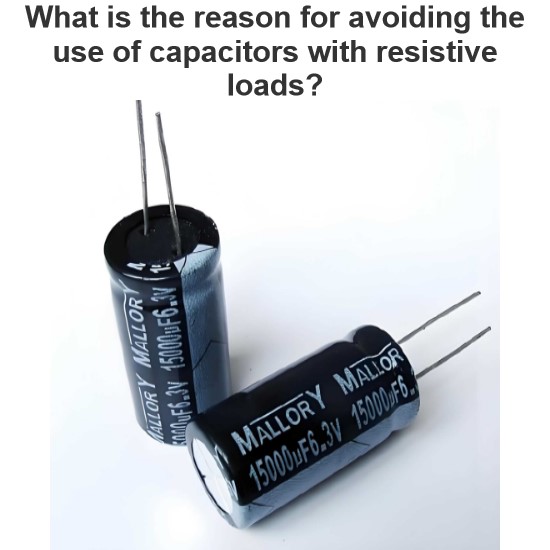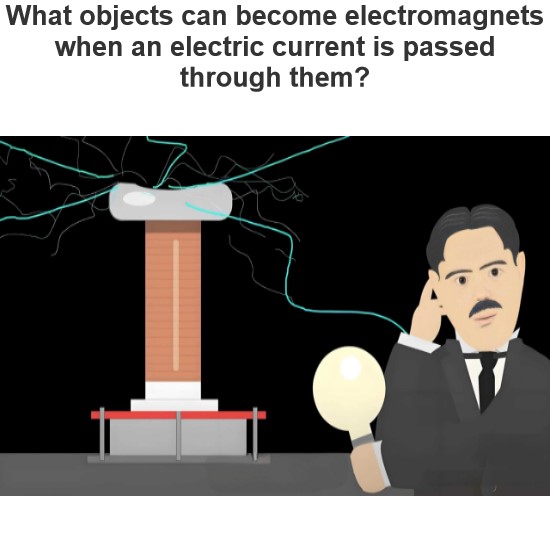Light Dependent Resistor: A Comprehensive Guide
What is a Light Dependent Resistor?
A light-dependent resistor is defined as a device whose resistance decreases with increasing light intensity and increases with decreasing light intensity. The resistance of an LDR can range from a few ohms to several megaohms, depending on the type and quality of the material used and the ambient temperature.
The symbol for a light-dependent resistor is shown below. The arrow indicates the direction of light falling on it.

How Does a Light-Dependent Resistor Work?
The working principle of a light-dependent resistor is based on the phenomenon of photoconductivity. Photoconductivity is the increase in the electrical conductivity of a material when it absorbs photons (light particles) with sufficient energy.
When light falls on an LDR, the photons excite the electrons in the valence band (the outermost shell of atoms) of the semiconductor material and make them jump to the conduction band (the shell where electrons can move freely). This creates more free electrons and holes (positive charges) that can carry electric current. As a result, the resistance of the LDR decreases.
The amount of resistance change depends on several factors, such as:
The wavelength and intensity of the incident light
The band gap (the energy difference between the valence band and the conduction band) of the semiconductor material
The doping level (the number of impurities added to modify the electrical properties) of the semiconductor material
The surface area and thickness of the LDR
The ambient temperature and humidity
What are the Characteristics of a Light Dependent Resistor?
The main characteristics of a light-dependent resistor are:
Nonlinearity: The relationship between resistance and light intensity is not linear, but exponential. This means that a small change in light intensity can cause a large change in resistance, or vice versa.
Spectral response: The sensitivity of an LDR varies with the wavelength of light. Some LDRs may not respond at all to certain ranges of wavelengths. The spectral response curve shows how the resistance changes with different wavelengths for a given LDR.
Response time: The response time is the time taken by an LDR to change its resistance when exposed to or removed from light. The response time consists of two components: rise time and decay time. Rise time is the time taken by an LDR to decrease its resistance when exposed to light, while decay time is the time taken by an LDR to increase its resistance when removed from light. Typically, rise time is faster than decay time, and both are in the order of milliseconds.
Recovery rate: The recovery rate is the rate at which an LDR returns to its original resistance after being exposed to or removed from light. The recovery rate depends on factors such as temperature, humidity, and aging effects.
Sensitivity: The sensitivity of an LDR is the ratio of change in resistance to change in light intensity. It is usually expressed in percentages or decibels (dB). Higher sensitivity means that an LDR can detect smaller changes in light intensity.
Power rating: The power rating of an LDR is the maximum power that can be dissipated by an LDR without damaging it. It is usually expressed in watts (W) or milliwatts (mW). A higher power rating means that an LDR can withstand higher voltages and currents.
What are the Types of Light Dependent Resistors?
Light-dependent resistors can be classified into two types based on the materials used to construct them:
Intrinsic photoresistors: These are made of pure semiconductor materials such as silicon or germanium. They have a large band gap and require high-energy photons to excite electrons across it. They are more sensitive to short wavelengths (such as ultraviolet) than long wavelengths (such as infrared).
Extrinsic photoresistors: These are made of semiconductor materials doped with impurities that create new energy levels above the valence band. These energy levels are filled with electrons that can easily jump to the conduction band with lower-energy photons. Extrinsic photoresistors are more sensitive to long wavelengths (such as infrared) than short wavelengths (such as ultraviolet).
The following table summarizes some of the common materials used for intrinsic and extrinsic photoresistors and their spectral response ranges.
| Material | Type | Spectral Response Range (nm) |
|---|---|---|
| Silicon | Intrinsic | 190 – 1100 |
| Germanium | Intrinsic | 400 – 1800 |
| Cadmium Sulfide (CdS) | Extrinsic | 320 – 1050 |
| Cadmium Selenide (CdSe) | Extrinsic | 350 – 1450 |
| Lead Sulfide (PbS) | Extrinsic | 1000 – 3500 |
| Lead Selenide (PbSe) | Extrinsic | 1500 – 5000 |
How to Make a Light-Dependent Resistor Circuit?
A light-dependent resistor circuit is a simple electronic circuit that uses an LDR as a variable resistor to control the current flow in a circuit. The basic principle of an LDR circuit is to connect an LDR in series or parallel with a fixed resistor and apply a voltage across them. The voltage drop across the LDR will depend on its resistance, which in turn depends on the light intensity. By measuring the voltage drop across the LDR or the fixed resistor, we can determine the light intensity.
One of the simplest LDR circuits is shown below. It consists of an LDR and a fixed resistor connected in series with a battery and a voltmeter. The voltmeter measures the voltage drop across the LDR, which varies with the light intensity.
Another common LDR circuit is shown below. It consists of an LDR and a fixed resistor connected in parallel with a battery and an ammeter. The ammeter measures the current through the parallel combination, which varies with the light intensity.
There are many other ways to design an LDR circuit for different purposes, such as switching, amplifying, or comparing signals. Some examples of LDR circuits are:
A light switch circuit that turns on or off a load (such as a lamp or a fan) based on the light intensity.
A light alarm circuit produces a sound when the light intensity exceeds or falls below a certain threshold.
A light meter circuit that displays the light intensity on an LCD or LED screen.
A light comparator circuit that compares the light intensity from two sources and indicates which one is brighter or darker.
What are the Applications of Light Dependent Resistors?
Light-dependent resistors have many applications in various fields, such as:
Security systems: LDRs can be used to detect the presence or absence of light, such as in a camera light meter, a burglar alarm, or an electronic eye.
Lighting control: LDRs can be used to control the brightness or color of lights, such as in street lighting, outdoor lighting, or mood lighting.
Audio compression: LDRs can be used to smooth the response of audio signals by reducing the dynamic range, such as in compressors, limiters, or noise gates.
Optical communication: LDRs can be used to modulate or demodulate optical signals, such as in fiber optic cables, lasers, or photodiodes.
Measurement and instrumentation: LDRs can be used to measure or indicate light intensity, such as in light meters, spectrometers, or photometers.
What are the Advantages and Disadvantages of Light Dependent Resistors?
Some of the advantages of light-dependent resistors are:
They are low-cost and simple to use.
They have a wide range of resistance values and sensitivity levels.
They do not require any external power source or biasing.
They are compatible with many circuits and devices.
Some of the disadvantages of light-dependent resistors are:
They have low accuracy and precision due to their nonlinear and temperature-dependent characteristics.
They have slow response and recovery times due to their latency
They have low sensitivity and accuracy compared to other light sensors such as photodiodes and phototransistors.
They are affected by environmental factors such as temperature, humidity, and aging.
What are the Advantages and Disadvantages of Light Dependent Resistors?
Some of the advantages of light-dependent resistors are:
They are low-cost and simple to use.
They have a wide range of resistance values and sensitivity levels.
They do not require any external power source or biasing.
They are compatible with many circuits and devices.
Some of the disadvantages of light-dependent resistors are:
They have low accuracy and precision due to their nonlinear and temperature-dependent characteristics.
They have slow response and recovery times due to their latency and hysteresis effects.
They have a narrow spectral response that depends on the material used and may not match the desired wavelength range.
They may contain harmful substances such as lead or cadmium that pose environmental risks.
Conclusion
Light-dependent resistors are passive electronic components that change their resistance according to the light intensity. They are based on the phenomenon of photoconductivity, which is the increase in the electrical conductivity of a material when it absorbs photons. LDRs can be classified into intrinsic and extrinsic types based on the materials used. LDRs have many applications as light sensors in various fields, such as security systems, lighting control, audio compression, optical communication, and measurement and instrumentation. LDRs have some advantages such as low cost, simplicity, and compatibility, but also some disadvantages such as low accuracy, slow response, narrow spectral response, and environmental hazards. LDRs are useful devices for detecting and measuring light, but they may not be suitable for every situation or purpose
Source: Electrical4u.
Statement: Respect the original, good articles worth sharing, if there is infringement please contact delete.
Electrical4U is dedicated to the teaching and sharing of all things related to electrical and electronics engineering.




